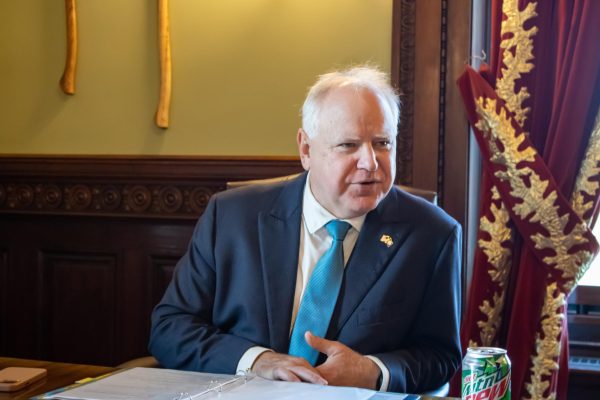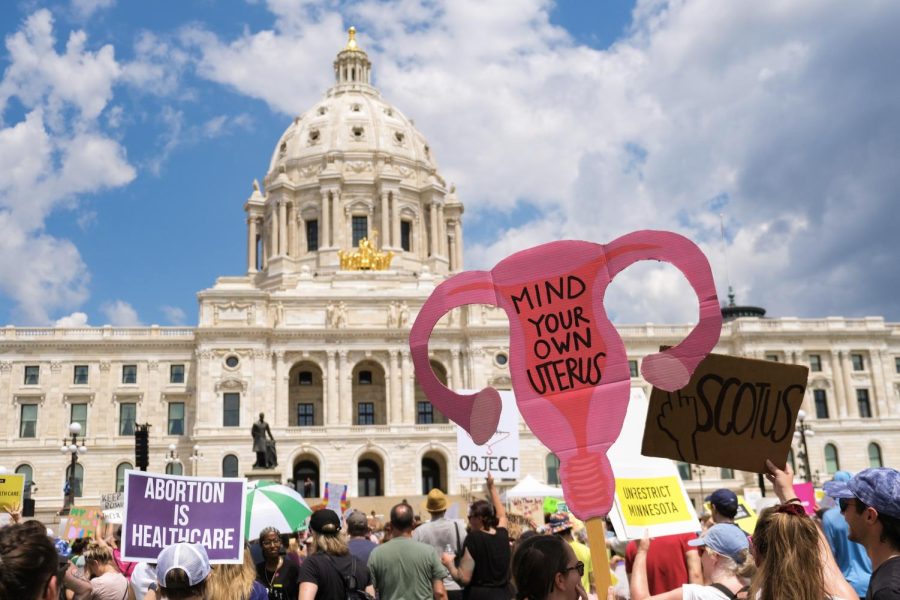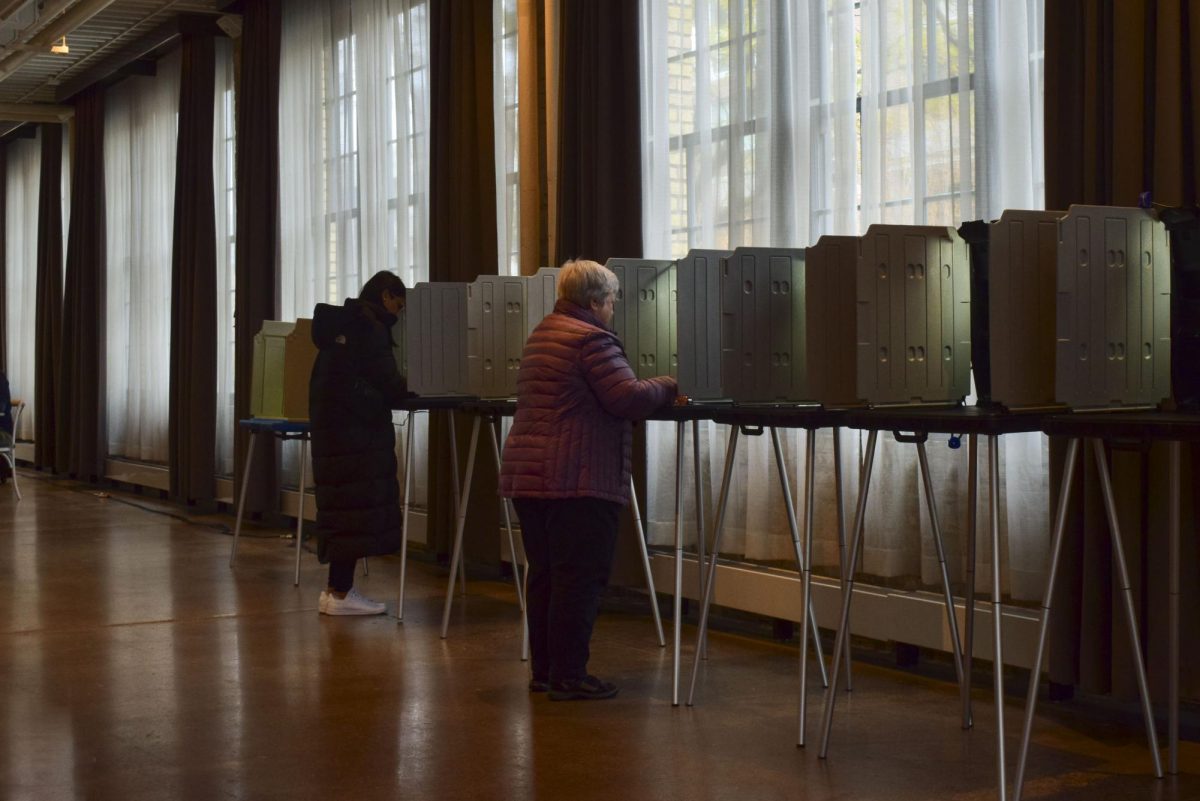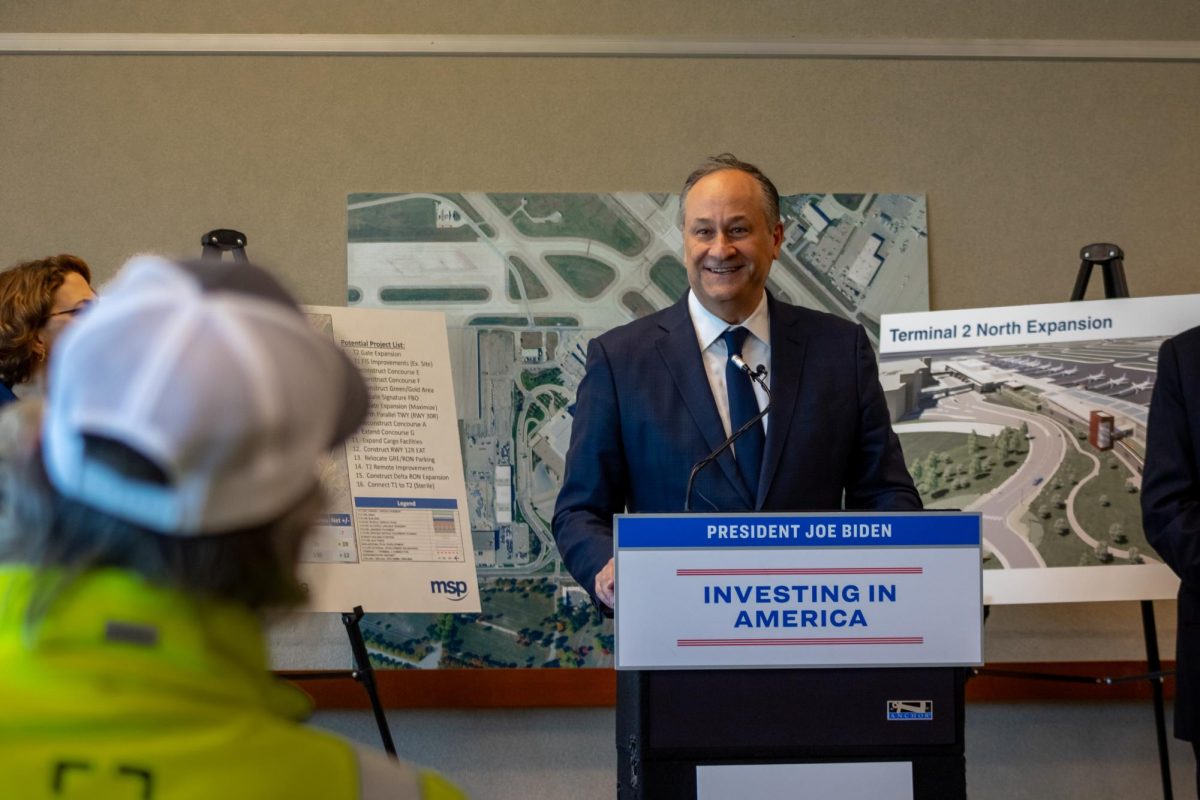The NCAA announced Thursday it had reached a new 14-year, $10.8 billion television deal with CBS Sports and Turner Broadcasting to provide coverage for the NCAA Division I MenâÄôs Basketball Championship. Beginning in 2011, every game will be televised live on either CBS or the Turner-owned TBS, TNT and truTV. CBS, which has broadcast the tournament since 1982, will continue to provide coverage for the regional finals and the Final Four through 2015. Beginning in 2016, the regional finals and the Final Four will be split between CBS and Turner, with the championship game alternating every year. âÄúWeâÄôre excited this agreement continues our long-standing relationship with CBS, a partner company that has captured the unique spirit of the collegiate model of athletics and brings a new partner in Turner Broadcasting to the championship and NCAA basketball,âÄù NCAA interim President Jim Isch said in a statement. In order to pave the way for the new agreement, the NCAA opted out of its 11-year, $6 billion contract with CBS with three years remaining. During the first eight years of the old contract, the NCAA, which distributes 96 percent of its revenue to its member conferences and institutions, distributed an average of $478 million per year. Under the new deal, the NCAA will be able to dole out an average of $740 million annually, an increase of $262 million. Also announced Thursday was the Division I MenâÄôs Basketball CommitteeâÄôs unanimous passage of a recommendation to expand the tournament from 65 to 68. The Division I board of directors will review the recommendation Thursday. The expansion was considered modest, as the NCAA had reportedly been discussing increasing the tournament to as many as 96 teams, which likely would have enveloped the National Invitation Tournament. Stan Morrison, University of California-Riverside director of athletics and menâÄôs basketball committee member, believes that a 96-team tournament would tarnish a product he compared to a âÄústunning diamond.âÄù Morrison said the effort and competitiveness he saw in this yearâÄôs tournament was unparalleled. âÄúTo do anything to distort what we have would be a great shame,âÄù Morrison said. âÄúI believe that the basketball committee has a responsibility, collectively, to serve as a guardian of the game.âÄù With 68 teams, there will now be four play-in games instead of one, which Morrison said is appropriate because the tournament is broken down into four regions. While Morrison said 68 is the right number for the tournament, others such as Jim Haney, executive director of the National Association of Basketball Coaches, would prefer an even larger field. Though Haney praised the new television deal and spoke positively about the committeeâÄôs recommendation to slightly expand the tournament, he admitted that it was not his ideal scenario. The NABC has been vocal in its desire for a larger tournament, predominantly because coachesâÄô jobs often hinge on what Haney calls an âÄúunwritten expectationâÄù that they lead their programs into the postseason tournament. âÄúAs the executive director of the NABC, I was hopeful of [a] 96 [team tournament] because I obviously care about coaches and their job security,âÄù Haney said. A 96-team tournament couldâÄôve brought in even more revenue for the NCAA, but Morrison said the committee is charged with âÄúlooking at the biggest of picturesâÄù and doing what is best for the game of college basketball. Although Haney may not have gotten the expansion he had hoped for, he remains optimistic that a field of 96 could one day be achieved. âÄúHaving been around college basketball for a long time, IâÄôve seen this good tournament grow and have no doubt that some point down the road there will be discussions about expanding to 96,âÄù Haney said.
NCAA lands $10.8 billion television deal
Also, the NCAA tournament will now have 68 teams instead of 65.
Published April 25, 2010
0
More to Discover







